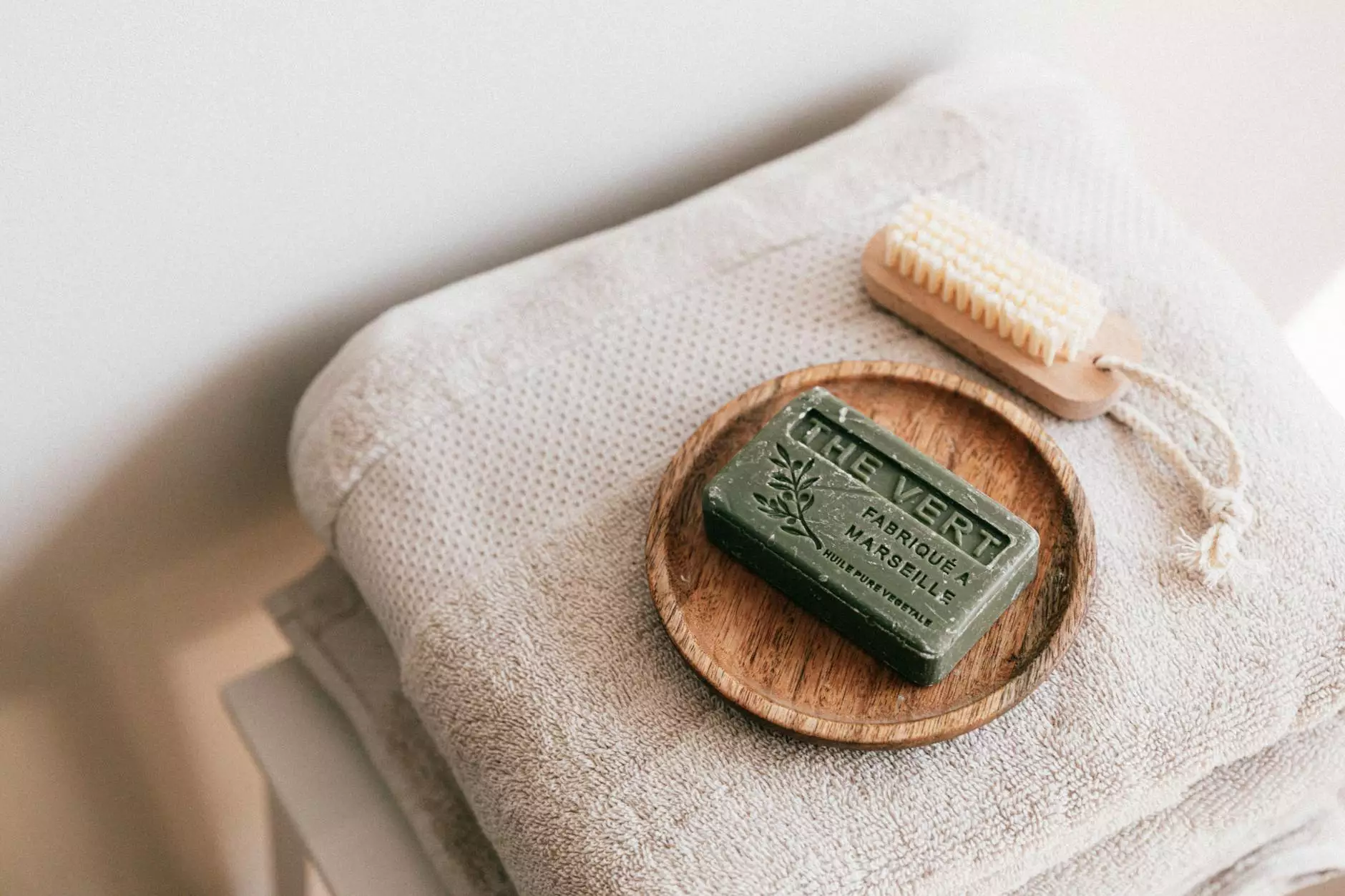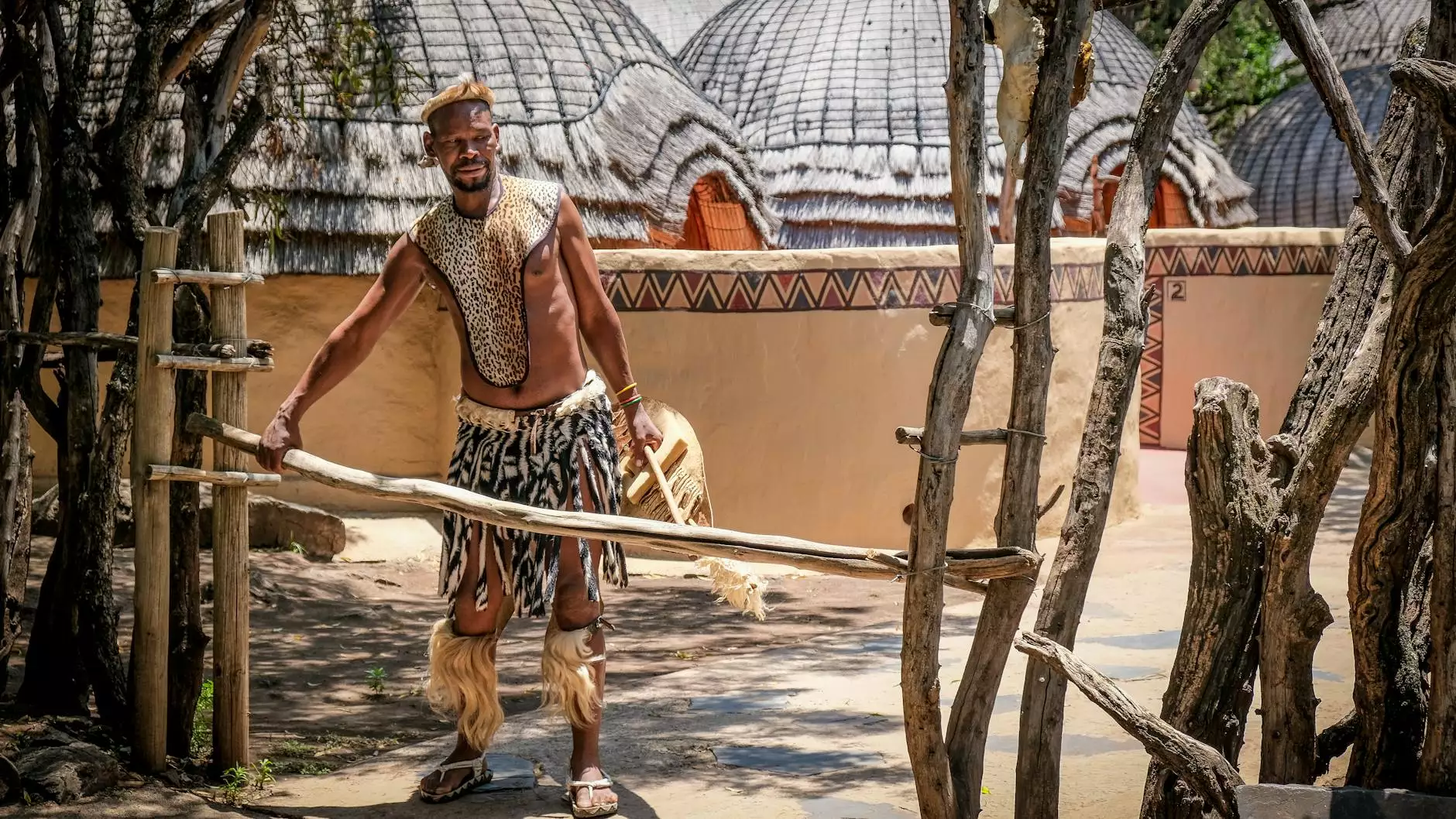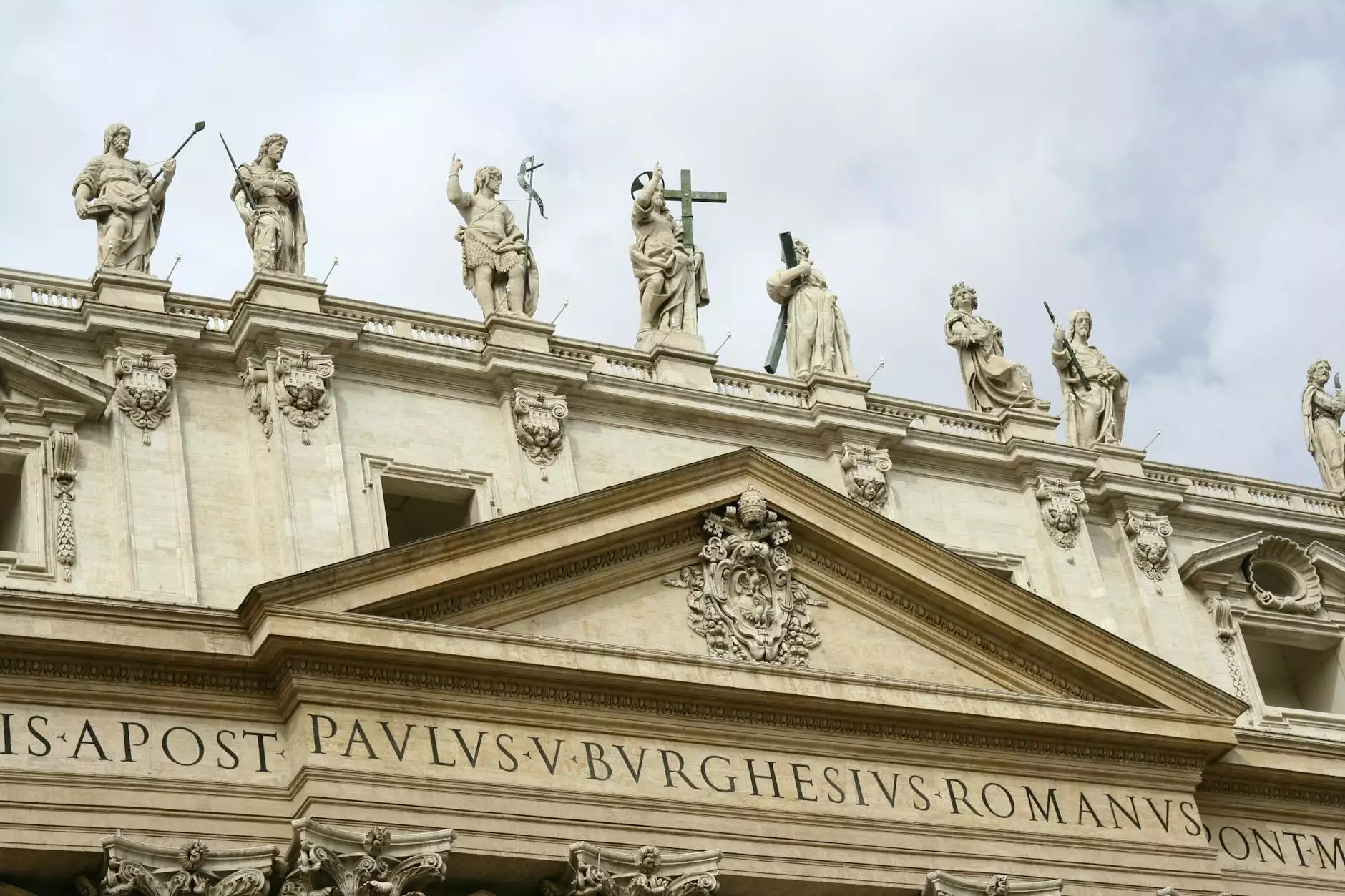Collections Highlights – Mano, Metate, and Soaproot Brush

Introduction
Welcome to La Historia Society, your ultimate resource for exploring and celebrating the rich history and cultural heritage of various communities. In this section, we present you with the captivating collections highlights of mano, metate, and soaproot brush. These artifacts hold immense historical significance and offer insights into ancient traditions and practices.
1. Mano
The mano is a remarkable tool that played a crucial role in the lives of indigenous cultures throughout history. Derived from the Spanish word for "hand," the mano is a hand-held stone tool used for grinding and processing various materials. Typically made from durable stones such as granite or basalt, these objects are known for their ergonomic design and functionality.
1.1 Historical Significance
The mano holds deep historical significance as it represents the ingenuity and resourcefulness of ancient civilizations. It was an essential tool for food processing, enabling communities to grind grains, nuts, and seeds. The use of manos also extended to other cultural activities, such as creating pigments for cave paintings or smoothing surfaces of pottery.
1.2 Cultural Importance
Across different indigenous cultures, the mano holds immense cultural importance and symbolizes the connection between humans and nature. It reflects the bond between communities and the land they inhabit, emphasizing sustainability and the utilization of local resources. The craftsmanship and unique designs of manos also showcase the artistic abilities and cultural diversity of ancient societies.
2. Metate
The metate is an iconic stone tool commonly used in Mesoamerican cultures, including the Aztec and Maya civilizations. Similar to the mano, the metate served as an essential grinding surface, revolutionizing food preparation techniques and agricultural practices. It consists of a large flat stone base and a cylindrical handheld grinding stone called a "pestle."
2.1 Historical Significance
The metate revolutionized the way ancient societies processed and prepared their food. By grinding various ingredients, including corn, beans, and chili peppers, on the metate's surface, communities were able to create staple dishes that sustained their populations. The metate's innovation marked a significant advancement in agricultural efficiency and food processing technologies.
2.2 Cultural Importance
The metate occupies a prominent place in the cultural fabric of indigenous communities. It represents the wisdom passed down through generations, as the knowledge of food preparation and agricultural techniques was vital for survival. The metate also symbolizes community collaboration and the importance of communal meals as a means of fostering unity and connection within the group.
3. Soaproot Brush
The soaproot brush is a fascinating tool that offers insight into the unique ways in which ancient communities utilized natural resources. Made from the fibers and stems of a soaproot plant, this brush was used for various purposes, including body decorations, pottery decoration, and fiber craft.
3.1 Historical Significance
The soaproot brush played a crucial role in the creative endeavors of ancient societies. Its use as a decorative tool allowed individuals to express their cultural identities through body painting rituals and intricate pottery designs. Additionally, the fibers of the soaproot brush were employed for weaving baskets, mats, and other fiber-based crafts, demonstrating the resourcefulness and craftsmanship of these communities.
3.2 Cultural Importance
The soaproot brush showcases the intricate relationship between culture and nature. It highlights the sustainable practices followed by ancient societies in sourcing materials directly from their environment. The brush's usage in ceremonial body painting ceremonies reflects the spiritual connection indigenous cultures had with nature and their desire to honor and celebrate their traditions.
Conclusion
The collections highlights of the mano, metate, and soaproot brush provide a glimpse into the diverse cultures and fascinating histories of ancient communities. La Historia Society is committed to preserving and sharing the stories behind these artifacts to promote a deeper understanding and appreciation for our shared human heritage.









